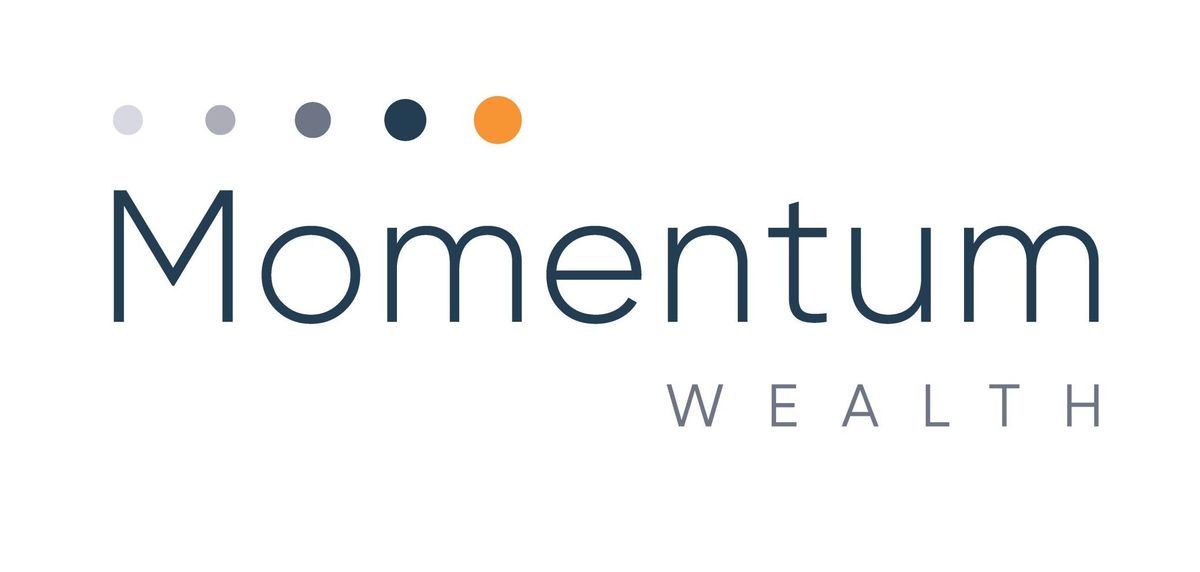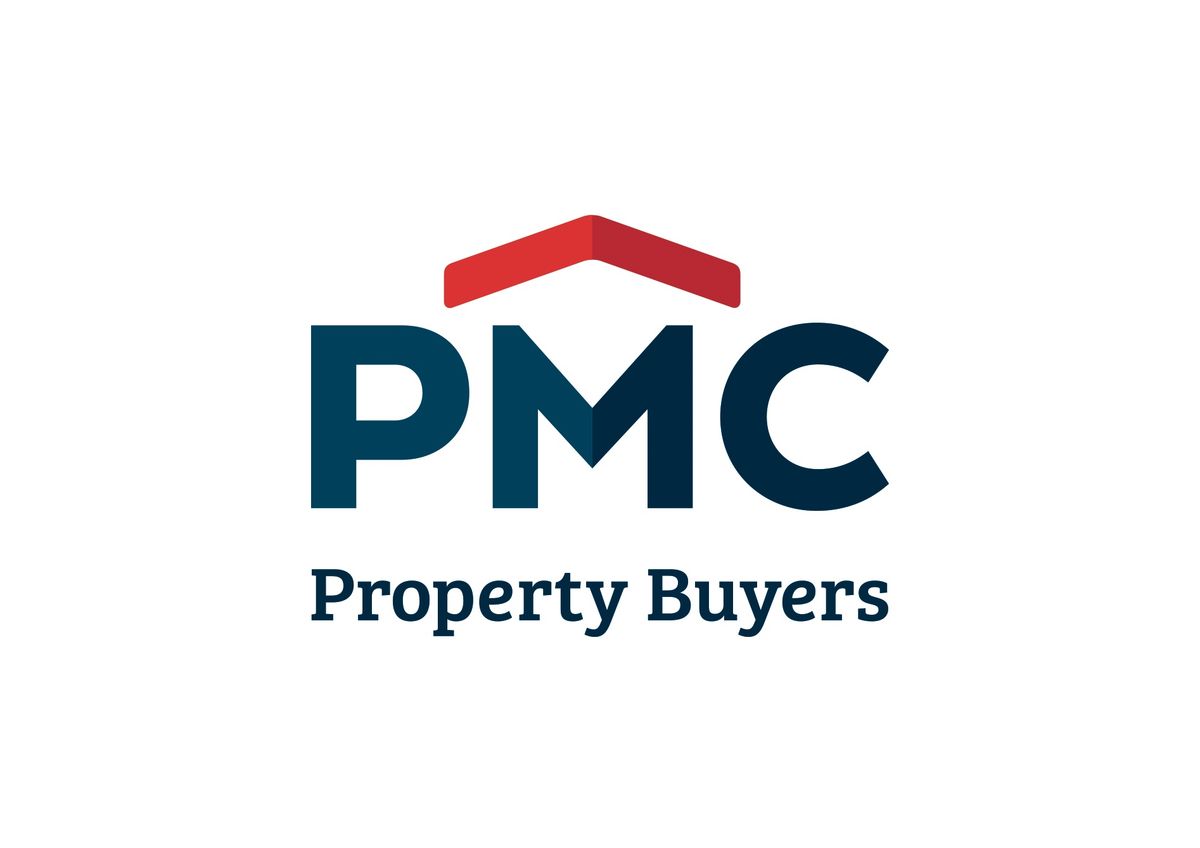Entering the Australian property market has never been more challenging, especially for first-home buyers. Decades of strong price growth, coupled with recent interest rate hikes and cost-of-living pressures, have pushed the dream of homeownership further out of reach for many. However, despite the hurdles, strategic planning and leveraging available support can still pave the way onto the property ladder in 2025.
This article delves into the current state of housing affordability in Australia, outlines key challenges, and provides actionable strategies for aspiring first-home buyers.
The State of Housing Affordability in 2025
The affordability landscape in 2025 is characterised by:
- Elevated Property Prices: While growth has moderated in some areas, median dwelling values in major capital cities remain near historic highs. Sydney and Melbourne continue to be among the least affordable cities globally.
- Higher Interest Rates: The cash rate hikes implemented by the Reserve Bank of Australia (RBA) throughout 2023 and 2024 have significantly increased mortgage servicing costs, reducing borrowing capacity for new buyers.
- Deposit Hurdles: Saving the typical 20% deposit remains a major barrier. Even with lower deposit requirements through government schemes, accumulating the necessary funds takes longer than ever. According to CoreLogic, the time taken to save a 20% deposit nationally is now averaging over 10 years.
- Cost of Living Pressures: Rising inflation across essentials like groceries, fuel, and utilities is impacting household savings potential.
- Rental Crisis: Record low vacancy rates and soaring rents in many parts of Australia make it harder to save while renting, creating a difficult cycle for aspiring buyers.
"Affordability constraints are arguably the most significant challenge facing the Australian housing market today. It's impacting not just first-home buyers, but also intergenerational equity and labour mobility." - Housing Industry Association (HIA) Report, Q1 2025
Key Challenges for First-Home Buyers
- Borrowing Capacity Limits: Higher interest rates directly translate to lower maximum loan amounts offered by lenders.
- Saving the Deposit: The sheer size of the required deposit, even for entry-level properties, is daunting.
- Competition: Despite affordability issues, demand in certain segments remains strong, leading to competition from established homeowners and investors.
- Mortgage Stress: Taking on a large mortgage in a high-interest-rate environment increases the risk of future mortgage stress if circumstances change.
- Stamp Duty Costs: This significant upfront cost adds tens of thousands of dollars to the purchase price in most states, although concessions exist for first-home buyers.
Strategies for Entering the Market in 2025
Despite the challenges, aspiring homeowners can employ several strategies:
1. Leverage Government Schemes
Federal and State governments offer various programs designed to assist first-home buyers:
- Help to Buy Scheme (Federal): A shared equity scheme where the government contributes up to 40% for new homes and 30% for existing homes, reducing the required deposit and loan amount. (Check eligibility criteria and availability).
- First Home Guarantee (Federal): Allows eligible buyers to purchase with as little as a 5% deposit without paying Lenders Mortgage Insurance (LMI). Includes specific guarantees for regional buyers and single parents.
- First Home Owner Grants (FHOG - State-based): Grants (usually for new builds) vary by state. Check your state government's website for details.
- Stamp Duty Concessions/Exemptions (State-based): Most states offer significant stamp duty relief for first-home buyers below certain price thresholds.
2. Explore Regional Markets or Outer Suburbs
Consider properties in more affordable regional centres or outer metropolitan rings. Working from home flexibility has made this a viable option for many. Research infrastructure, amenities, and potential for future growth in these areas.
3. Consider Different Property Types
Apartments, townhouses, or units are often more affordable entry points than detached houses. Look at older properties that may require some renovation but offer better value.
4. Rentvesting
Buy an investment property in a more affordable area while continuing to rent where you prefer to live. This allows you to enter the market and build equity, though it has different tax implications.
5. Pool Resources (Co-ownership)
Buying with family members or friends can increase borrowing power and make the deposit more achievable. Ensure a solid legal agreement (co-ownership agreement) is in place.
6. Boost Savings and Budgeting Rigorously
- Create a detailed budget and identify areas to cut back.
- Set aggressive savings goals.
- Explore side hustles or additional income streams.
- Automate savings transfers on payday.
7. Seek Professional Advice
- Mortgage Broker: Can help navigate loan options, assess borrowing capacity accurately, and find competitive rates.
- Buyer agent: In a complex and competitive market like 2025, a buyer agent is invaluable. They possess deep market knowledge, can uncover off-market properties, provide realistic price guidance, and negotiate strongly on your behalf. Their expertise can be crucial in securing a property against competition and avoiding costly mistakes. Find experienced agents specialising in first-home buyers on our platform: Find a buyer agent.
- Financial Advisor: Can help create a long-term financial plan incorporating homeownership goals.
The Role of Interest Rates and Market Timing
Timing the market is notoriously difficult. While waiting for prices or interest rates to fall might seem appealing, it also risks further price increases or missing out on government schemes that may change. Focus on what you can control: your savings, budget, and property criteria. Ensure you can comfortably afford repayments at current rates, potentially even with a small buffer for future increases.
Conclusion: Persistence and Strategy are Key
The path to homeownership in Australia in 2025 is undoubtedly challenging, but not impossible. Success requires a combination of diligent saving, strategic planning, leveraging available government support, and potentially adjusting expectations regarding location or property type.
Understanding the market dynamics, thoroughly researching assistance programs, and seeking professional guidance can significantly improve your chances. Partnering with a dedicated buyer agent can provide the expert support needed to navigate these complexities effectively. While the affordability crisis presents real hurdles, a well-thought-out approach can help turn the aspiration of owning a first home into a reality.
Ready to take the next step? Explore resources for first-home buyers or connect with a specialist buyer agent who understands the unique challenges and opportunities in today's market.








